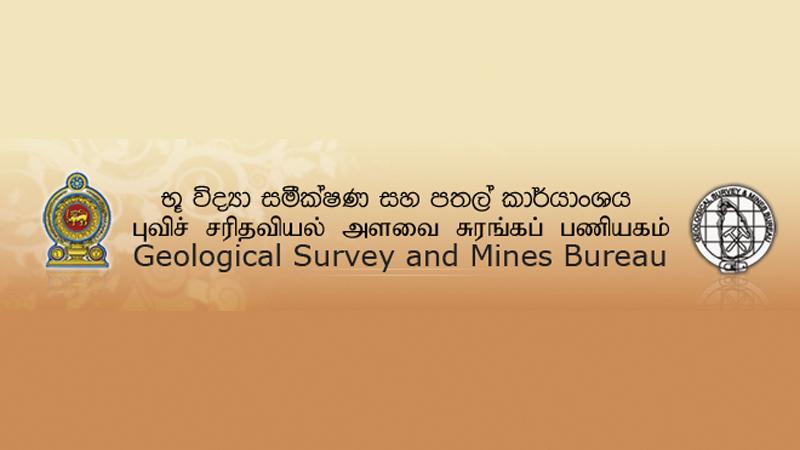
What the people in Buttala on Friday and those in the Wellawaya area of Moneragala experienced yesterday were minor tremors of less than 3.5 magnitude on the Richter scale. They need not leave their homes or move out to new places on this account fearing an impending earthquake as big as the 7.8 magnitude Turkiye-Syria earthquake on February 5, seismologists, geologists and engineers of the Geological Surveys and Mines Bureau (GSMB) told the Sunday Observer yesterday.
We asked Professor of Geology Atula Senaratne whether it would be safe for Sri Lanka to consider that it is in an earthquake-free zone on the world map after experiencing three successive tremors in two days in two adjacent districts in the country - Hambantota and Moneragala.
Prof. Senaratne said, “Sri Lanka is not located atop an earthquake-prone tectonic plate boundary, like the plate boundary running for about 10,000 kilometres, starting from Italy and ending in China, crossing through Turkiye, Iran, Afghanistan, part of Pakistan, Afghanistan and the whole Himalayan range.”
“Small earthquakes have happened throughout the country if you look at the map.
These patterns also coincide with some structural features in the country. Most tremors in Sri Lanka have occurred around these structural features,” he said.
He said since a severe earthquake took place in 1605 in Colombo during the Portuguese era where over 2,000 people died, Sri Lanka has not faced any severe earthquakes within the land area.
The majority of large-scale earthquakes and seaquakes have occurred in the Far East, in Sumatra, Java, and the Andaman Islands. The 2004 Boxing Day tsunami was caused by a 9.3 seaquake off Indonesia.
Minor tremors have occurred along the 100-kilometre stretch between Minipe and Polonnaruwa. The areas between Badulla and Buttala in Moneragala are also prone to minor tremors.
“It is possible for minor tremors to be caused by regional changes deep beneath the Earth’s crust. The closest large-scale plate boundary to Sri Lanka runs along the Java Sumatra islands on one side and the other is the Carlsberg Ridge. They demarcate the boundaries of the Indo-Australian Plate. The Indian Plate and the Australian Plate are divided by an active zone, which is 12,000 kilometres south of Sri Lanka. Many strong earthquakes emerge from there.
They are usually below 5.0 on the Richter scale,” he said.
When questioned about the safety of the country’s dams under the earth’s pressure, Prof. Senaratna said, “We do not expect large-scale earthquakes in our region at this time.” There could be tremors of the magnitude of 3.0 or a maximum of 4.0 on the Richter scale.
“However, all the dams in Sri Lanka have been built to withstand even a tremor of 3.5 magnitude on the Richter scale. We don’t have to worry about dams,” he said.
“We now understand the earthquake scenario better. Newly constructed buildings in Turkiye did not collapse during the earthquake. Those that collapsed were old buildings. The old buildings were not constructed to meet current standards,” he said.
